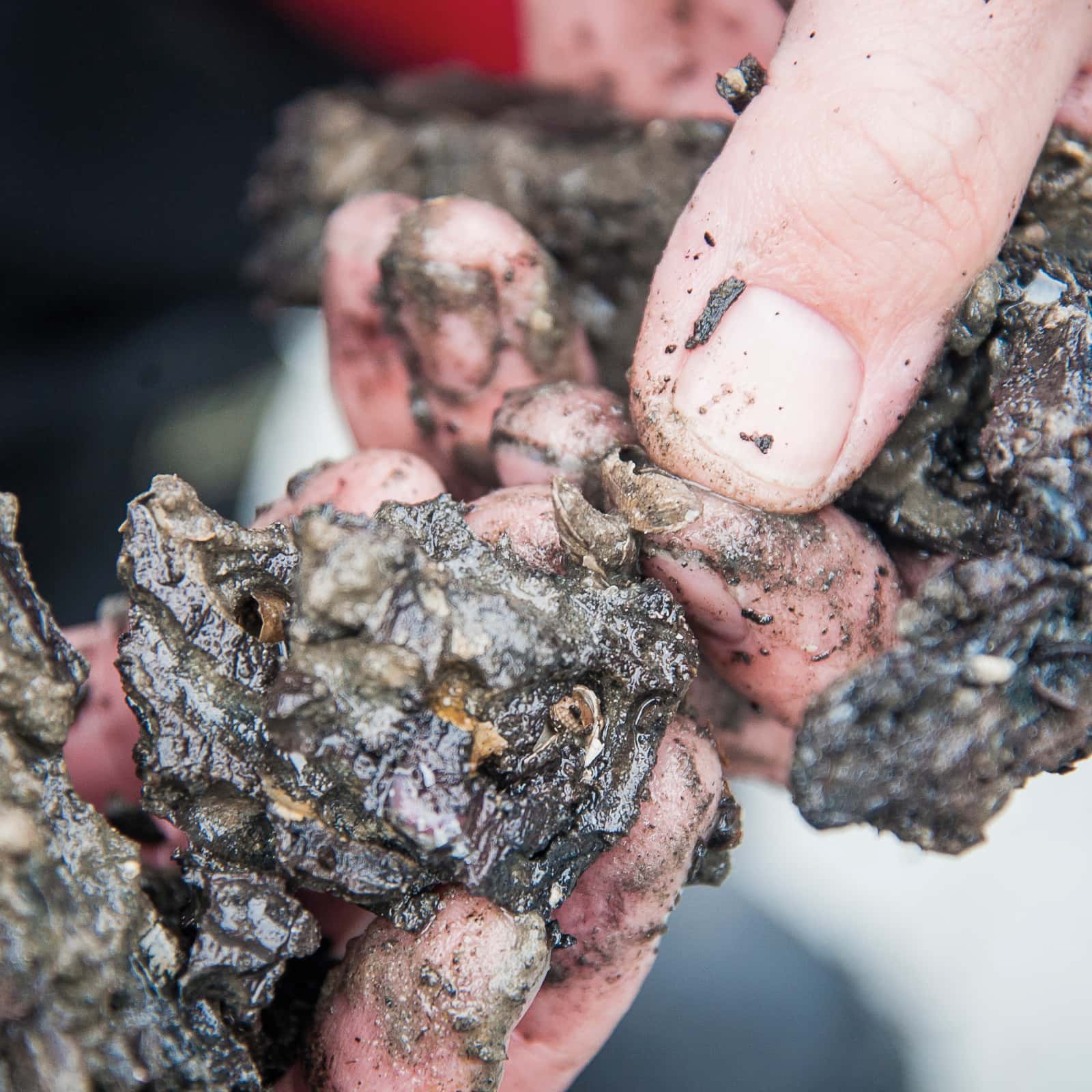Downloads
DOI:
https://doi.org/10.58981/bluepapers.2024.1.08Keywords:
sea, oceans, underwater heritage, sedimentation, erosion, acidity, salinityAbstract
Changing sea conditions due to climate change will have an enormous effect on all sorts of processes in seas, oceans and coastal areas. Current patterns will change, as will sedimentation-erosion processes, acidity and salinity. Invasive species will be able to settle in places they could not before. Each of these changes will trigger other processes that can have a negative effect on underwater cultural heritage. Our need to try to mitigate climate change has us looking for green energy, which has led us to build large wind farms in the North Sea. We want to continue living in areas under threat and therefore we imagine building high walls, to keep the water out. This barrier approach affects current, erosion and sedimentation patterns. Consequently, such actions need to be investigated in a multi-disciplinary way to understand the complexities of changes that may result.
How to Cite
Published
Issue
Section
License
Copyright (c) 2024 Martijn R. Manders

This work is licensed under a Creative Commons Attribution 4.0 International License.
References
European Environmental Agency. 2024. “Global and European Sea Level Rise.” Accessed March 28, 2024. https://www.eea.europa.eu/en/analysis/indicators/global-and-european-sea-level-rise.
Gregory, David, and Martijn Manders, eds. 2015. “Guideline Manual 2: Best Practices for Locating, Surveying, Assessing, Monitoring and Preserving Underwater Archaeological Sites.” Amersfoort, the Netherlands: SASMAP Project. http://sasmap.eu/fileadmin/user_upload/temasites/sas_map/pdf/SASMAP_guideline_02_LR.pdf.
Jacobs, Emma. 2020. “Preserved Antarctic Huts Reveal the Isolated Existence of Early Explorers.” Atlas Obscura. https://www.atlasobscura.com/articles/antarctic-huts.
Manders, Martijn, and David Gregory, eds. 2015. “Guideline Manual 1: Guidelines to the Process of Underwater Archaeological Research.” Amersfoort, the Netherlands: SASMAP Project. https://www.cultureelerfgoed.nl/binaries/cultureelerfgoed/documenten/publicaties/2015/01/01/guidelines-to-the-process-of-underwater-archaeological-research-guideline-manual-1/sasmap_guideline_01_lr_pdfa.pdf
Ravilious, Kate. 2022. “Fears Dash for Wind Power Could Cut Off Lost World of Doggerland.” The Guardian (March). Accessed on February 22, 2023. https://www.theguardian.com/science/2022/mar/19/fears-dash-for-wind-power-could-endanger-lost-world-of-doggerland.




